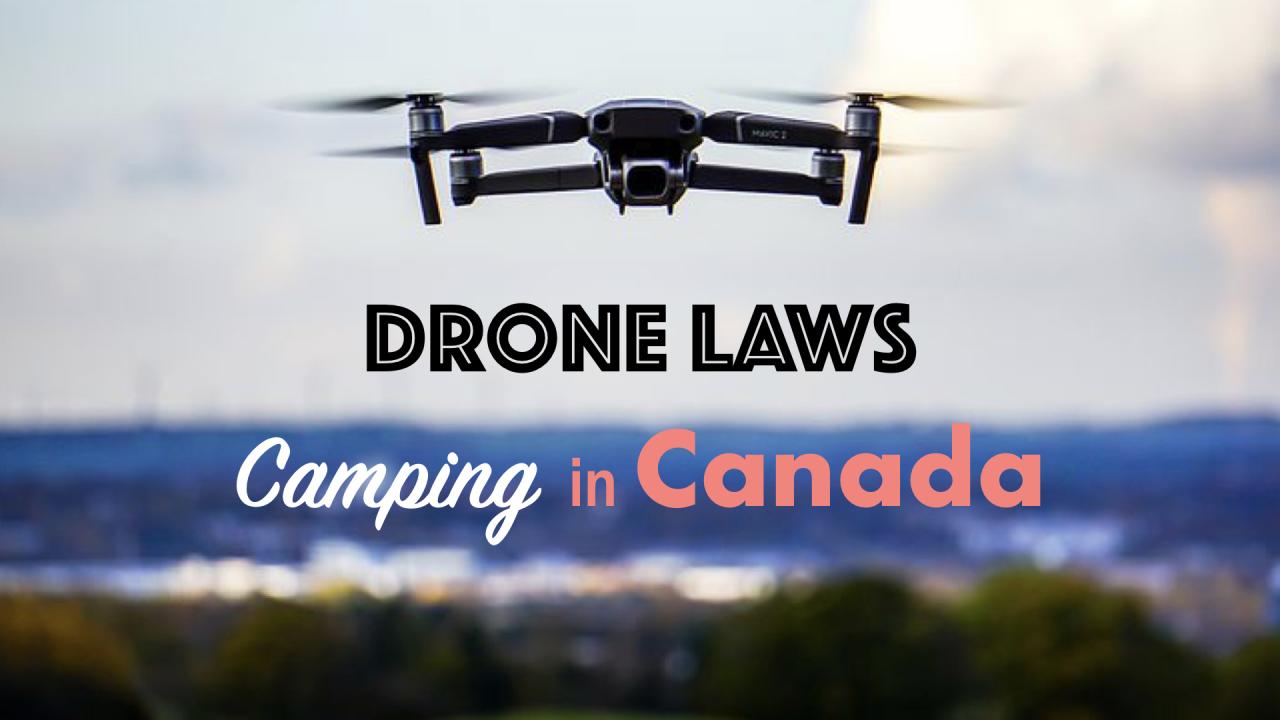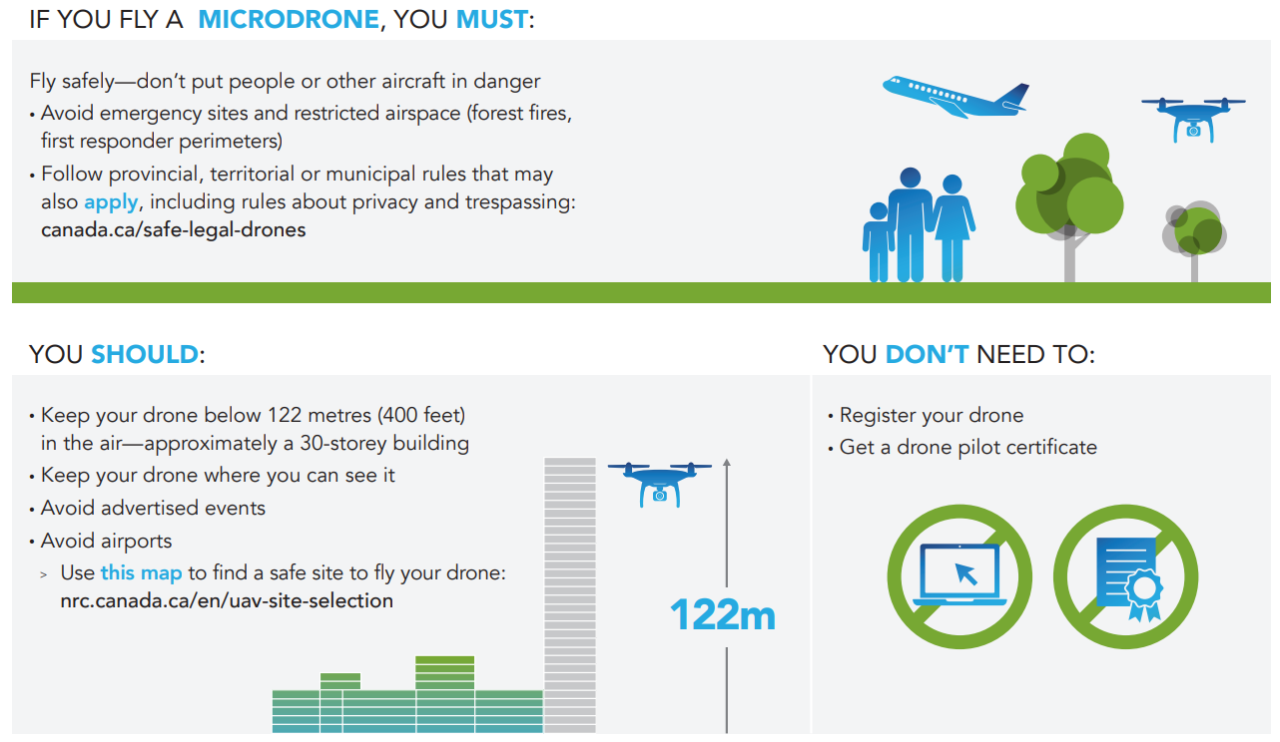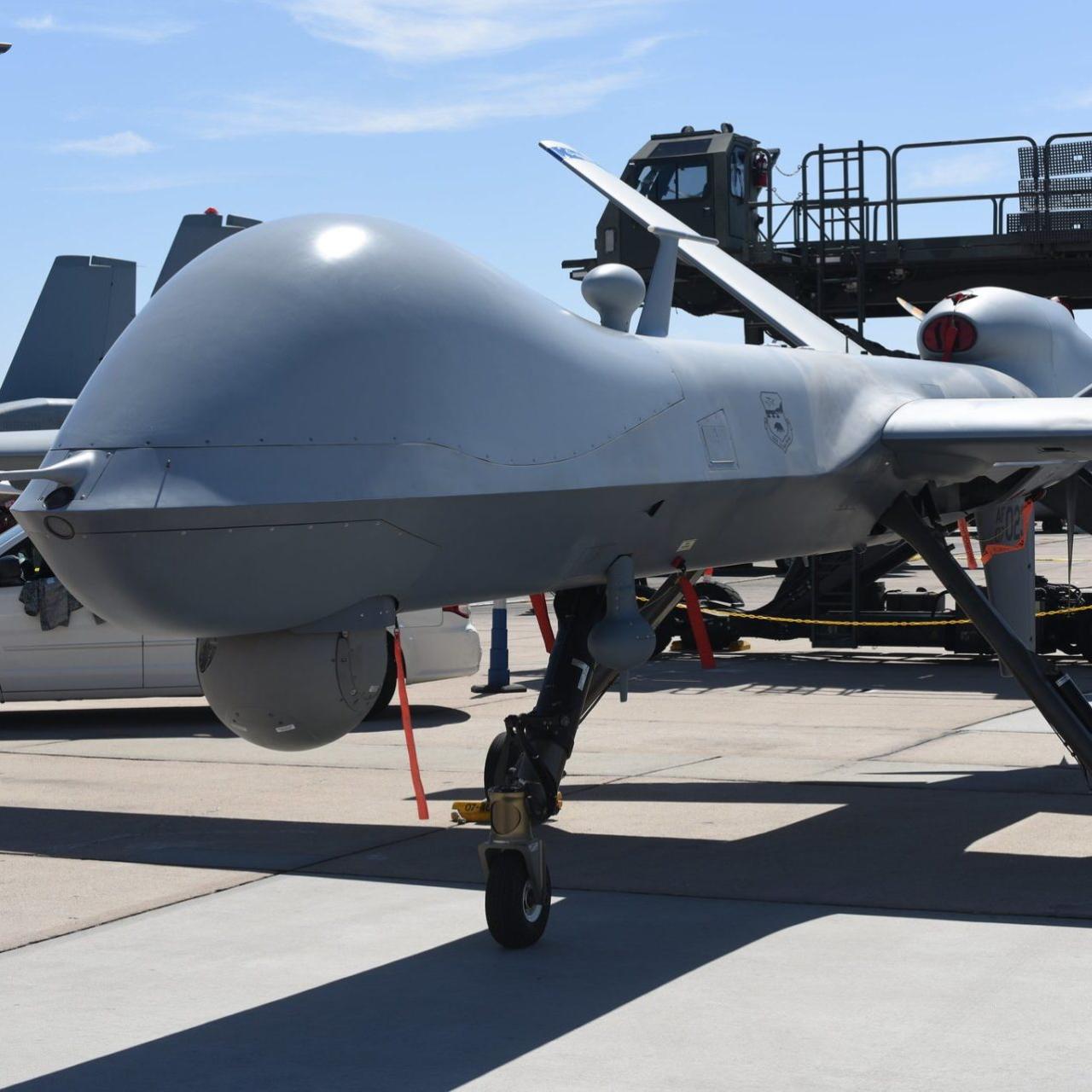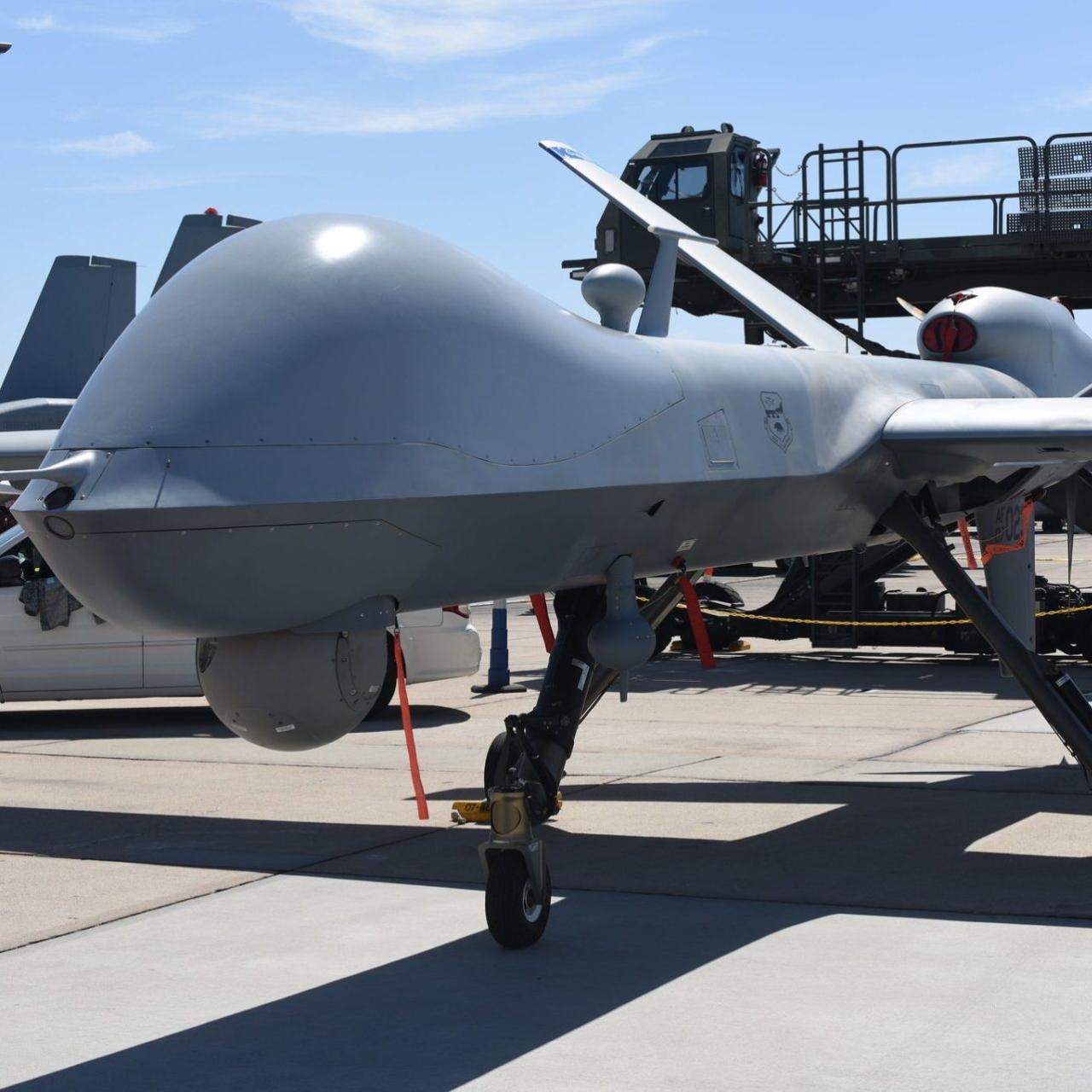New Drone Rules Canada significantly impact how drones are operated across the country. These updated regulations aim to improve safety and security, addressing concerns about airspace management and responsible drone use. This guide breaks down the key changes, licensing requirements, operational restrictions, and penalties for violations, providing a clear understanding of what Canadian drone pilots need to know.
So, you’re looking into the new drone rules in Canada? It’s a good idea to be up-to-date, especially if you’re planning something spectacular. For instance, check out this amazing chinese new year drone show – it showcases what’s possible with drones, but remember, those dazzling displays need to follow all the current regulations. Staying informed about the new drone rules ensures your own flights stay safe and legal.
From registration and licensing procedures to airspace limitations and safety protocols, we’ll cover everything you need to fly your drone legally and responsibly in Canada. We’ll also explore the impact of these new rules on both recreational and commercial drone users and discuss the future of drone regulations in the country.
Overview of New Drone Regulations in Canada
Canada’s drone regulations have undergone significant updates to enhance safety and security. These changes affect both recreational and commercial drone users, impacting how, where, and when drones can be flown. The key changes aim to prevent accidents, protect privacy, and ensure responsible drone operation across the country.
Key Changes in Updated Drone Regulations
The updated regulations introduce stricter rules regarding drone registration, licensing, operational restrictions, and penalties for violations. Key changes include mandatory drone registration for most models, a tiered licensing system based on drone weight and intended use, and clearer airspace restrictions near airports and populated areas. Penalties for non-compliance have also been significantly increased.
Regulatory Bodies
Transport Canada is the primary regulatory body responsible for enforcing drone regulations in Canada. They work in collaboration with other agencies, such as local law enforcement, to ensure compliance and investigate incidents.
Rationale Behind New Regulations
The new regulations are driven by increasing safety and security concerns associated with the growing popularity of drones. Incidents involving drones interfering with aircraft, invading privacy, and causing property damage necessitate a robust regulatory framework to mitigate risks. The updated rules aim to balance the benefits of drone technology with the need to protect public safety and national security.
Comparison of Old and New Drone Regulations
| Regulation Aspect | Old Rule | New Rule | Impact |
|---|---|---|---|
| Drone Registration | Not mandatory for most drones | Mandatory for drones over a certain weight | Increased accountability and traceability of drone operators |
| Licensing | Basic awareness recommended, but not mandatory | Tiered licensing system based on drone weight and use | Improved operator competency and safety standards |
| Airspace Restrictions | Generally less specific | Clearly defined no-fly zones near airports and sensitive areas | Enhanced safety for manned aircraft and critical infrastructure |
| Penalties | Relatively low | Substantially increased fines and potential jail time | Stronger deterrent against irresponsible drone operation |
Drone Registration and Licensing Requirements
Understanding the registration and licensing process is crucial for all drone operators in Canada. Failure to comply can result in significant penalties.
Drone Registration Process
Registering your drone involves providing basic information about yourself and your drone to Transport Canada’s online portal. This includes the drone’s make, model, and serial number. Once registered, you’ll receive a registration number that must be displayed on your drone.
Drone License Categories and Requirements
Canada’s drone licensing system is tiered, with different license categories based on the drone’s weight and the intended use (recreational or commercial). Basic Operational Knowledge (BOK) is required for most recreational drones, while more advanced certifications are necessary for heavier drones and commercial operations.
Penalties for Operating Without Proper Registration or Licensing
Operating a drone without proper registration or licensing can lead to significant fines, ranging from hundreds to thousands of dollars, depending on the severity of the violation. Repeated offenses may result in further penalties.
Step-by-Step Guide to Obtaining a Drone License
- Visit the Transport Canada website.
- Complete the online application for the appropriate license category.
- Provide necessary documentation and information.
- Pass the relevant knowledge test (if required).
- Pay the applicable fees.
- Receive your drone license electronically.
Operational Restrictions and Flight Limitations
Several restrictions govern where and how you can fly your drone in Canada. Understanding these limitations is essential to avoid legal issues and ensure safe operation.
Airspace Restrictions
Drones are prohibited from flying in controlled airspace, such as near airports and military bases. Restricted airspace also includes areas with heightened security concerns. Flight restrictions are often indicated on flight planning apps and websites.
Rules Regarding Proximity to Airports, Populated Areas, and Critical Infrastructure
Flying drones near airports requires specific authorization. In populated areas, drones must maintain safe distances from people and property. Flying near critical infrastructure, such as power plants or dams, is generally prohibited.
Restrictions Concerning Drone Flight Altitude and Distance
The maximum permitted altitude for drone flights is generally limited to 122 meters (400 feet) above ground level, unless specific authorization is obtained. The maximum distance a drone can be operated from the pilot is also restricted, depending on the drone’s weight and license category.
Flowchart for Determining Legal Drone Flight Zones
A flowchart would visually represent the decision-making process, starting with drone weight and license type, then considering proximity to airports, populated areas, and other restricted zones. The flowchart would lead to a final determination of whether the proposed flight is legal or requires additional authorization.
Safety and Security Protocols
Safe and responsible drone operation is paramount. Adhering to safety protocols minimizes risks and prevents accidents.
Mandatory Safety Measures, New drone rules canada

Drone operators must always maintain visual line of sight with their drone. They must also be aware of weather conditions and avoid flying in adverse weather. Regular pre-flight checks are essential to ensure the drone is functioning correctly.
Regulations Concerning Drone Operation Near People and Property
Drones must be flown at a safe distance from people and property to avoid collisions or damage. Operators must respect privacy and avoid unauthorized surveillance.
Rules Concerning Commercial Drone Use
Commercial drone operations require specific licenses and authorizations. Operators must comply with all relevant regulations and obtain necessary insurance.
Best Practices for Safe and Responsible Drone Operation

- Always maintain visual line of sight.
- Check weather conditions before flying.
- Inspect your drone before each flight.
- Respect airspace restrictions.
- Maintain a safe distance from people and property.
- Never fly near airports or other sensitive areas without authorization.
Penalties and Enforcement
Violating drone regulations in Canada can result in significant penalties, enforced by Transport Canada and other relevant authorities.
Range of Penalties for Violating Drone Regulations
Penalties can range from warnings and administrative fines to substantial monetary penalties and even jail time, depending on the severity of the violation.
Enforcement Mechanisms
Enforcement involves a combination of proactive monitoring, public reporting, and investigations into reported incidents. Transport Canada uses various methods, including drone detection technology and collaboration with law enforcement.
Examples of Past Incidents and Consequences
Several incidents have involved drones causing disruptions at airports or invading privacy. Consequences have included hefty fines and criminal charges in some cases.
Table of Violations and Penalties

| Violation | Penalty Type | Maximum Fine | Potential Jail Time |
|---|---|---|---|
| Flying in restricted airspace | Fine | $10,000+ | Possible |
| Operating an unregistered drone | Fine | $3,000 | No |
| Unauthorized commercial operation | Fine and/or license suspension | $10,000+ | Possible |
Impact on Different Drone Users
The new regulations affect recreational and commercial drone users differently, presenting unique challenges and opportunities.
Impact on Recreational vs. Commercial Drone Users
Recreational users face simpler registration and licensing requirements, while commercial operators face more stringent regulations, including specialized licensing and operational approvals. The impact on insurance and operational costs also varies significantly.
Challenges Faced by Drone User Groups
Challenges include understanding the complexities of the regulations, navigating the licensing process, and adapting to airspace restrictions. Cost of compliance is also a significant concern, particularly for smaller commercial operators.
Solutions to Address Challenges

Solutions involve providing clear and accessible information about the regulations, streamlining the licensing process, and offering educational resources to improve understanding and compliance. Government support and industry initiatives can help reduce the cost burden.
Impact on Drone-Related Industries
The regulations impact various industries, including drone manufacturing, service providers, and data analytics companies. The increased safety and security standards could lead to increased trust and broader adoption of drone technology.
Future of Drone Regulations in Canada
Canada’s drone regulations are likely to evolve as technology advances and operational experience grows.
Potential Future Changes
Future changes might include the integration of advanced drone detection and tracking technologies, more sophisticated airspace management systems, and the development of automated flight authorization processes.
Evolving Technological Landscape and its Implications
The rapid development of autonomous drones, drone swarms, and advanced sensor technologies will necessitate further regulatory adjustments to address emerging safety and security concerns.
Role of Technology in Improving Drone Safety and Security
Technology plays a crucial role in enhancing drone safety and security. Advanced systems for air traffic management, geofencing, and remote identification can improve situational awareness and reduce risks.
Hypothetical Scenario Illustrating Future Regulations
A future scenario could involve a nationwide system for real-time drone tracking and identification, integrated with air traffic control systems. This would allow for automated flight authorization and monitoring, minimizing the risk of collisions and unauthorized operations. This would require significant technological investment and adjustments to existing infrastructure.
So, you’re looking into the new drone rules in Canada? It’s a good idea to stay up-to-date, especially considering how amazing drone displays can be. Check out this incredible example of what’s possible: china new year drone show. Seeing these massive, coordinated shows really highlights the potential, but remember, those impressive visuals are made possible by strict regulations and responsible operation, just like what the new Canadian drone rules are aiming for.
Closing Notes
Navigating the new drone rules in Canada might seem daunting, but with a clear understanding of the regulations and responsible operation, flying your drone can be a safe and enjoyable experience. Remember to always prioritize safety, respect airspace restrictions, and stay informed about any updates to the regulations. Safe flying!
FAQ Compilation: New Drone Rules Canada
What types of drones are affected by these new rules?
The new rules generally apply to all types of drones, regardless of size or weight, though some exemptions may exist for very small or toy drones. Check Transport Canada’s website for specifics.
Do I need insurance to fly a drone in Canada?
Canada’s new drone rules are tightening up, requiring more certifications and stricter flight plans. Thinking about the future of drone tech? Check out the impressive scale of innovation showcased at the shanghai drone show 2035 , which highlights the advancements driving these new regulations. These global trends will likely influence future Canadian drone laws, so staying informed is key.
While not always mandatory for recreational use, insurance is highly recommended, especially for commercial operations. Liability insurance can protect you from potential damages or injuries caused by your drone.
Where can I find the complete and official text of the new drone regulations?
The most up-to-date and complete information on Canadian drone regulations can be found on the official Transport Canada website.
What happens if I accidentally violate drone regulations?
Penalties can range from warnings and fines to potential jail time depending on the severity of the violation. Always double-check the rules before each flight.
